
10 bushes for a melliferous hedge to feed bees
selection of best varieties and tips
Contents
Whether you’re a beekeeper or simply environmentally conscious, planting a hedge of melliferous bushes in your garden is essential.
A melliferous plant produces nectar used by bees to make honey. Only social bees, whether wild or domestic, produce honey.
Social bees need food for a large part of the year, sometimes from February through to November if temperatures allow, so it is worth choosing essential-oil species that will also flower at these crucial times.
Remember that wild bees (and other hymenopteran pollinators) are also, if not more, important for pollination. They are more efficient, more disease-resistant, more diverse and more natural. They suffer from only two things: widespread use of insecticidal products (fortunately greatly reduced nowadays) and… competition from domestic bees. Planting hedges of melliferous bushes can only help them in their pollination work and will provide enough food to feed them and their ‘colleagues’ reared by beekeepers.
Abelia grandiflora, floriferous and low-maintenance
Abelia grandiflora is a semi-evergreen bush that withstands everything: cold, wind, drought, disease, … It flowers continuously from July to October with a multitude of fragrant white and mauve flowers. Its flexible habit is perfect for a loose, informal and natural hedge. It is also very attractive in autumn, when its faded flowers give way to rust-coloured evergreen bracts that enhance the purplish colouring of its autumn foliage.
Read also
Planting a hedge for insectsAronia prunifolia, a melliferous plant for gourmets
L’Aronia prunifolia ‘Viking’ is an unjustly overlooked bush. Particularly adaptable and also very hardy, this suckering bush has a compact habit and deciduous foliage, turning a splendid fiery red colour in autumn. It literally becomes covered in white melliferous flowers between June and July that will surely be visited by bees. Afterwards, you’ll be surprised to discover a crop of black fruit much appreciated by birds, small mammals and… the gardener. Indeed, these small berries are perfect for enhancing a jam of dark fruits (blackberries, blueberries, blackcurrants, …).
Discover other Melliferous hedges
View all →Available in 2 sizes
Available in 2 sizes
Available in 1 sizes
Available in 1 sizes
Available in 1 sizes
Available in 2 sizes
Available in 1 sizes
Available in 1 sizes
Available in 1 sizes
Available in 1 sizes
Ceanothe pallidus: a touch of azure for your hedge
Ceanothus pallidus ‘Marie Blue’ is a bushy bush with deciduous foliage. It is fairly hardy but may need a good mulch at its base in the coldest regions. What is most striking is its summer flowering, from July to September, in a beautiful sky-blue on this “California lilac”. Indeed, this shade is not so common among bush flowering, but whatever their colour, bees adore them. This bush prefers sunny positions, sheltered from strong winds and well-drained soil.
Read also
Best melliferous plants by seasonCotoneaster lucidus, a Peking cotoneaster favoured by birds and bees
Like all its relatives, Cotoneaster lucidus is notable for its red fruit, evergreen well into winter and much favoured by birds. Autumn colour of its foliage is also an asset. Robust and trouble-free, it is also the most resistant to wind and sea spray among cotoneasters. Its pale pink flowers bloom from May to June. They are frequently visited by bees. Its rapid growth, unfailing hardiness and ornamental qualities, which benefit wildlife, make it essential in natural, free-growing hedges.
Mahonia media, winter sunshine
Mahonia media ‘Winter Sun’ lights up the gloomiest months of the year (December to February) with its fragrant flowering in long panicles of a lovely soft yellow. It also provides food for bees at a time when food becomes very scarce. This is important because bees are still (or already) active depending on outside temperature (there’s no season any more, my dear!). With a very striking silhouette, this mahonia has a slightly exotic feel. Its evergreen foliage, a lovely glossy green, develops purple tinges in severe frost. A marvel in an informal hedge among less rigid bushes. Contrast guaranteed!
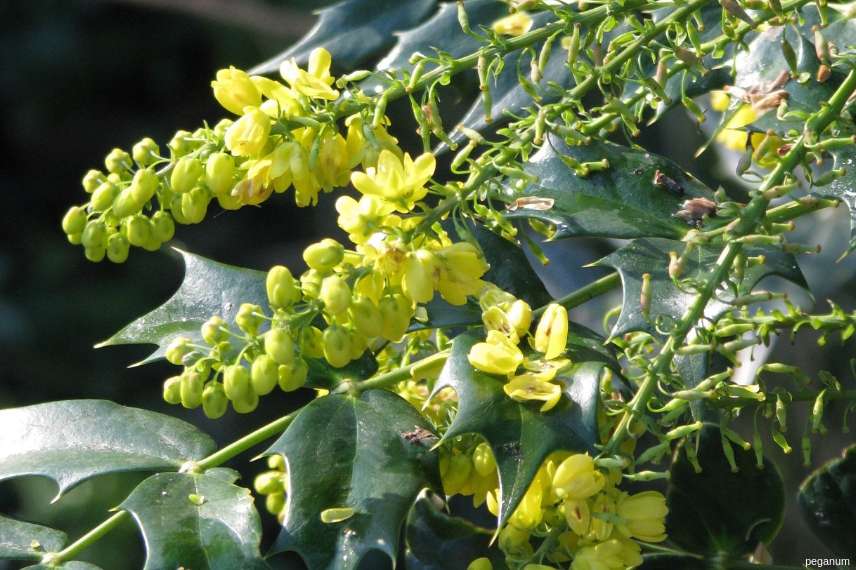
Viburnum lantana, a forgotten native...
Viburnum lantana ‘Mohican’, or wayfaring viburnum, grows naturally at our latitudes, making it a particularly hardy bush. It is also remarkably tolerant of calcareous soils as this is its natural medium. Its flowering takes place from April to June in cream-coloured, scented inflorescences in clusters that give way to ornamental fruit appreciated by birds. Its foliage is splendid in autumn, taking shades from bright orange to “fire-engine red” while retaining green traces, depending on exposure or soil.
Ligustrum lucidum, a privet for southern France
With late flowering occurring from September to October, Glossy privet is not the best-known member of the Ligustrum genus. Large panicles of scented, pinkish-white flowers open to attract all kinds of insects, including bees. It has fairly rapid growth and bears slightly glossy evergreen foliage. It can of course be pruned, but please, don’t give it a boxy trim! Allow it the freedom to offer its flowers then its fruits: gardeners and wildlife alike will be much better off. Only drawback: moderately hardy bush that will need winter protection or should be confined to southern climates (elsewhere, in cold climates, you can replace it with another Ligustrum…).
Choisya ternata, an orange-flower fragrance...
Mexican orange blossom ‘Aztec Pearl’ is a beautiful bush with evergreen foliage, hardy and easy to grow provided it is protected from cold winds and given rich, free-draining soil. It is above all its white flowering, which occurs from May to June, that attracts gardeners’ attention with its scent. This bush has earned its nickname: its orange-blossom scent will delight your nose as much as it delights bees. This slow-growing variety has splendid digitate evergreen foliage.
Chaenomeles superba, find it a little quince...
Japanese quince flower early: from March through April. We are used to seeing their vivid red or pink flowers, but the ‘Jet Trail’ variety rewards us with an elegant white flowering. With exceptional hardiness and astonishing ease of cultivation, Japanese quince can easily take a place in any informal, free-form country hedge. They can even be left unattended for a while with no consequence for the gardener. The icing on the cake: their fruit can be made into jelly!
Cornus officinalis, the neighbouring cousin...
No — it’s not a ‘mere’ Cornus mas but a close Asian cousin. Compared with the latter, Cornus officinalis has larger flowers, more fleshy edible fruits (cornelian cherries), more decorative bark and grows a little taller. Additions that complement qualities of Cornus mas: exceptional hardiness and adaptability to all types of soil, climates or exposures. You can either prune it or leave it to grow freely. It flowers a vivid yellow from February to March, providing food for bees early in the season. Don’t miss this bush!
Bonus
What about the honey tree?
It’s the charming nickname for Tetradium daniellii. And for good reason: its fragrant flowering, stretching from spring to summer, surprisingly attracts all bees in the neighbourhood. It’s a charming small Asian tree, slightly large for a hedge, admittedly. Plant it as a solitary specimen; it will certainly make an impression. This large bush is very hardy and, besides its flowers, produces oil-bearing seeds much sought after by birds.
Let’s not forget our region’s bushes…
Wild bees didn’t wait until we started planting bushes from all corners of the globe to find food… You can, of course, create a hedge with native bushes from your region: willow, dogwood, viburnum, hawthorn, elder, blackthorn… Just think about their respective flowering periods. The more essential oil species you plant that will flower at different times, the more beneficial it will be for bees. For example: goat willow is one of the first melliferous bushes to flower as early as February, closely followed by male dogwood.
To thicken the hedge a little…
You can also train a few lianas up through a free-form hedge. A honeysuckle and an ivy will also provide nutritious flowering for bees.
Our “turnkey” kit
Do you have a particularly long hedge to plant, want even more diversity, lack time or struggle to choose? Discover our Melliferous Hedge Kit: an economical and practical solution that will allow you to form a base or complement to this selection.
Find out more
- Discover our selection of the 8 most melliferous climbing plants
- Also find our advice sheet on: 9 bushes for a bocage hedge
- Subscribe!
- Contents
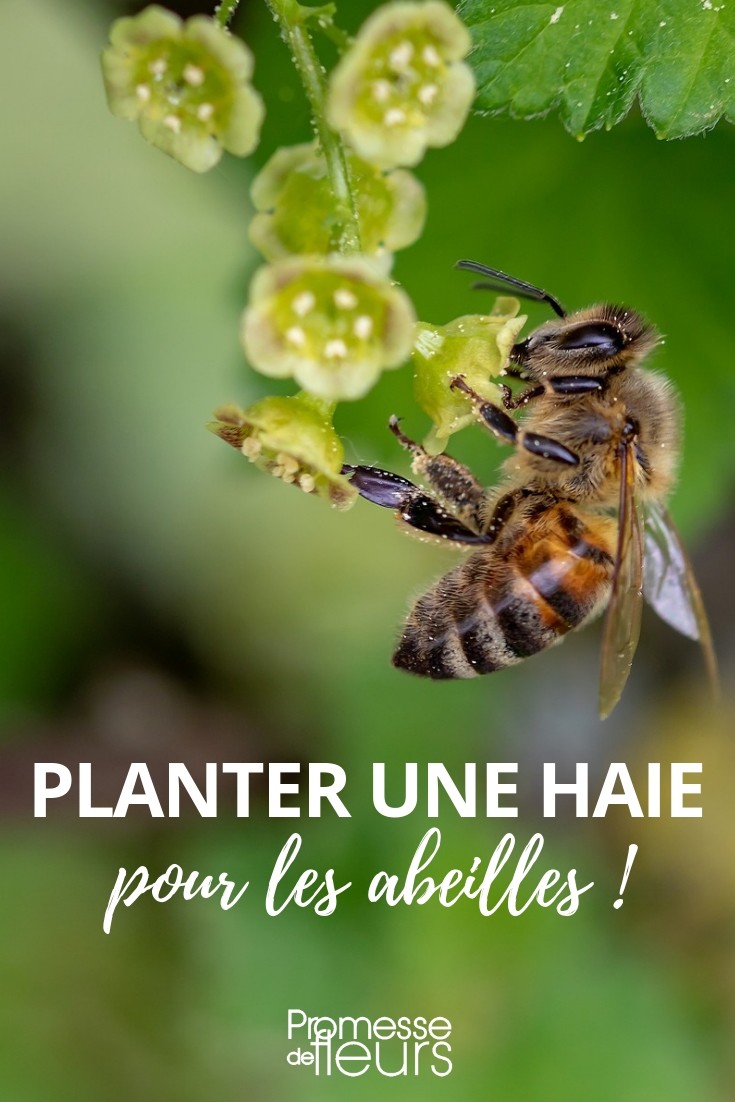































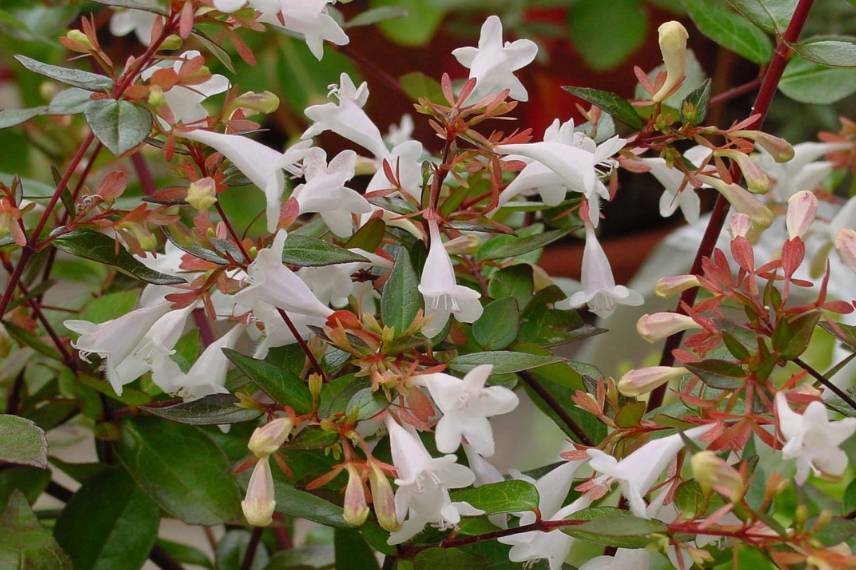
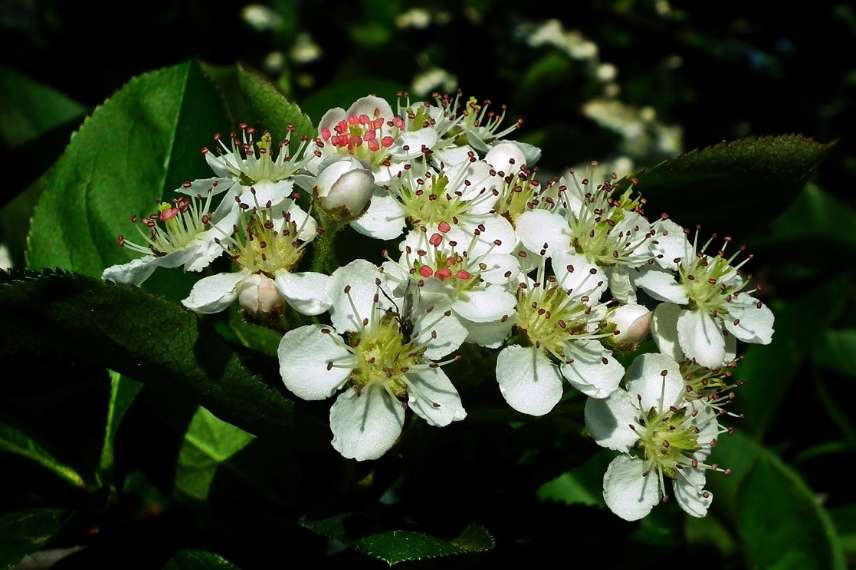
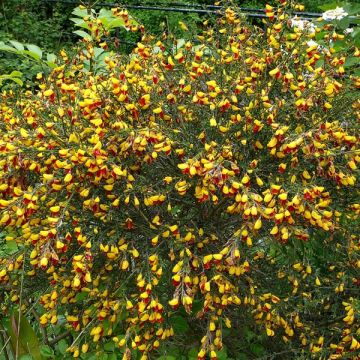

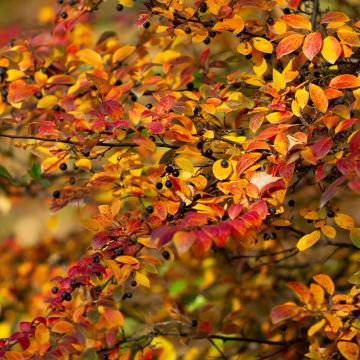
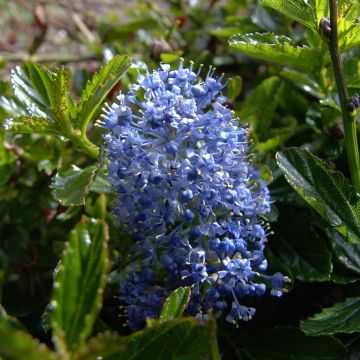
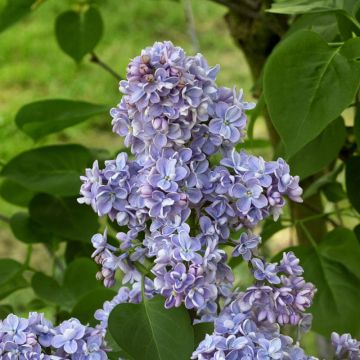
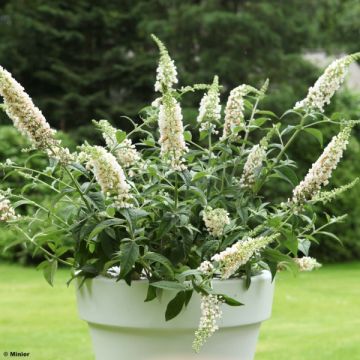
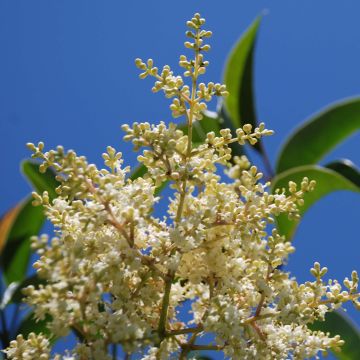
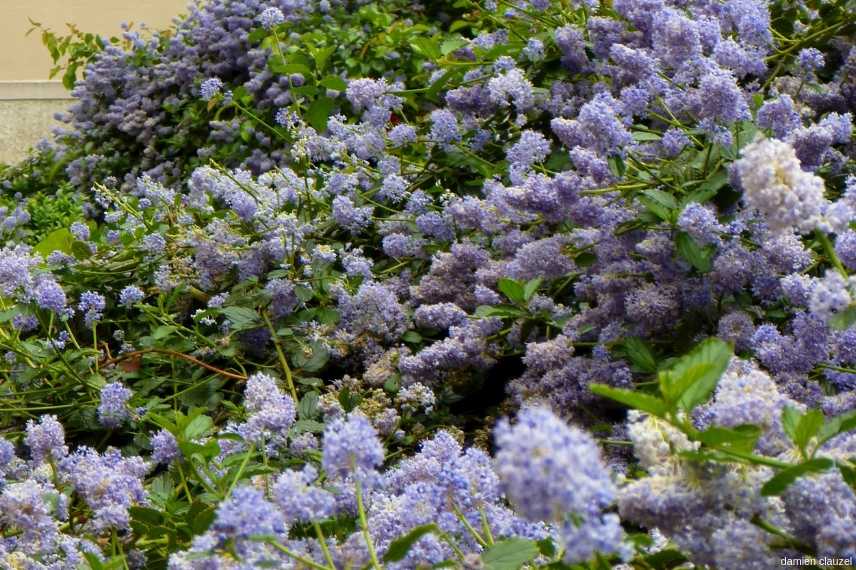
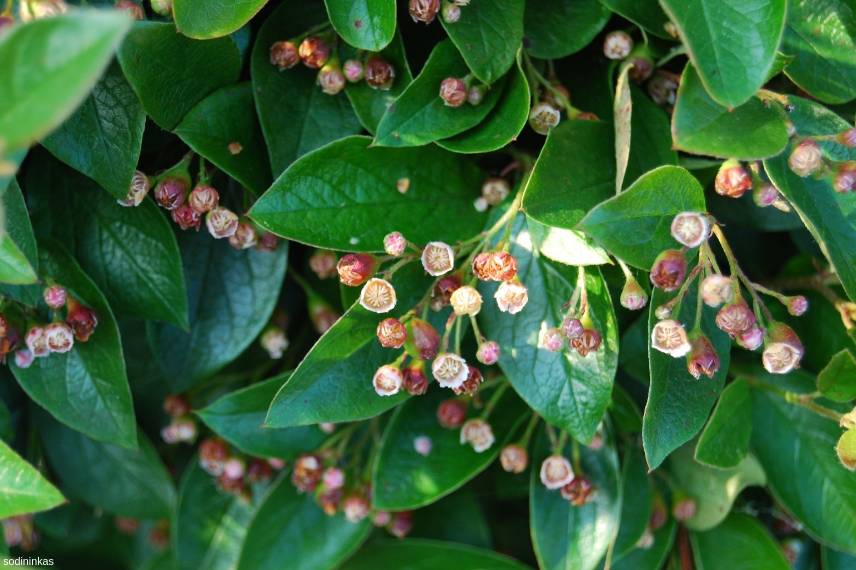
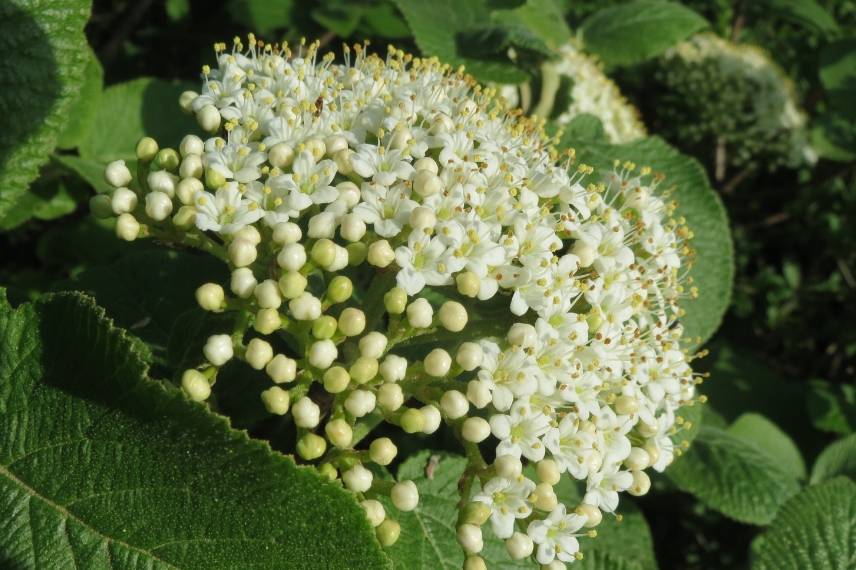
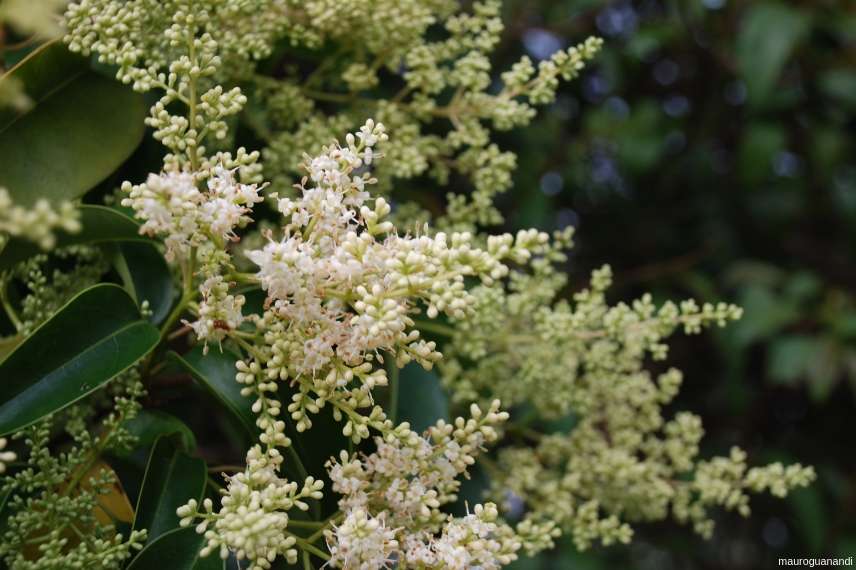
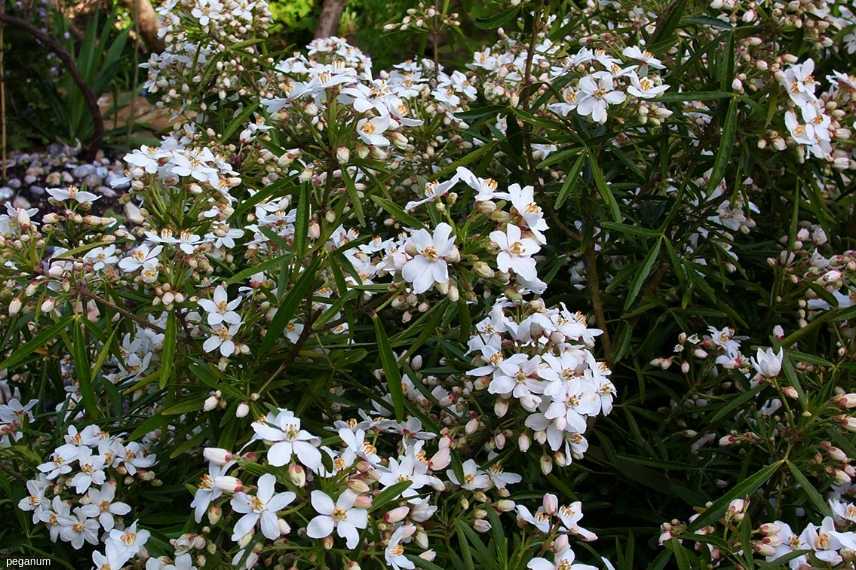
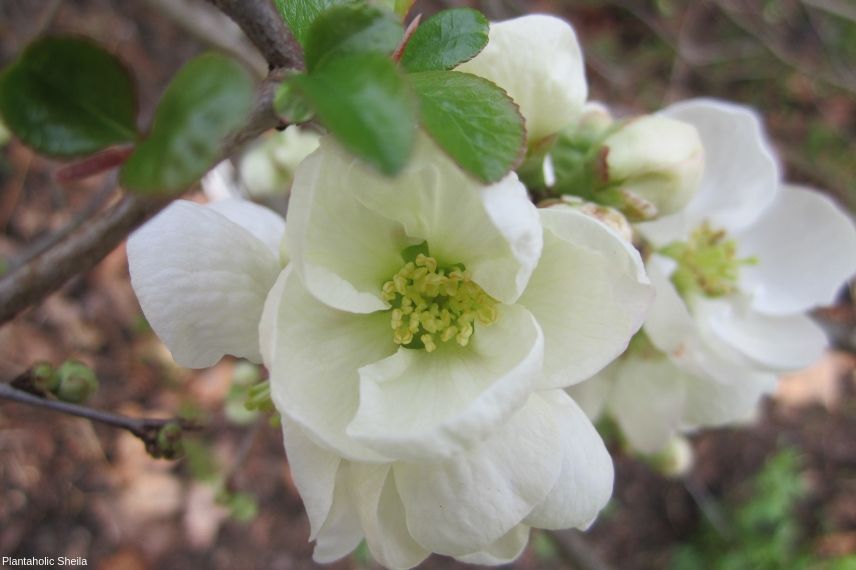
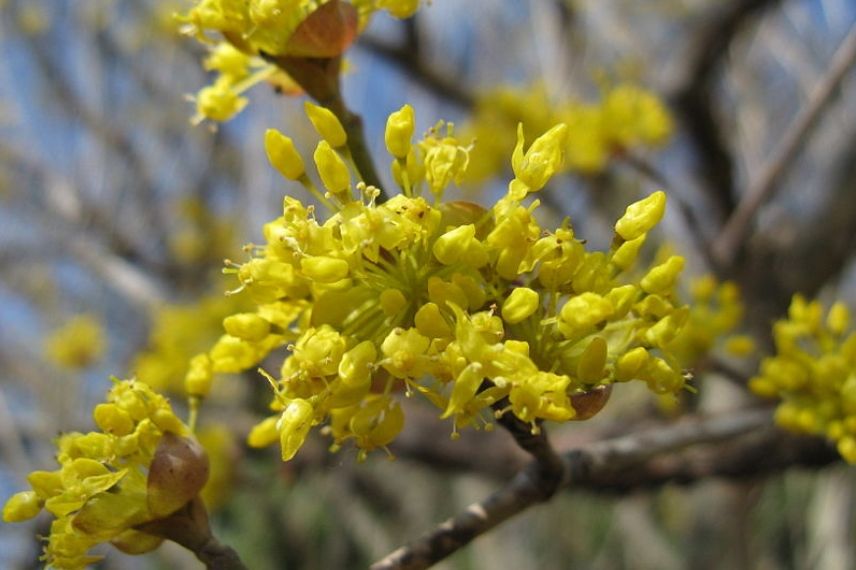
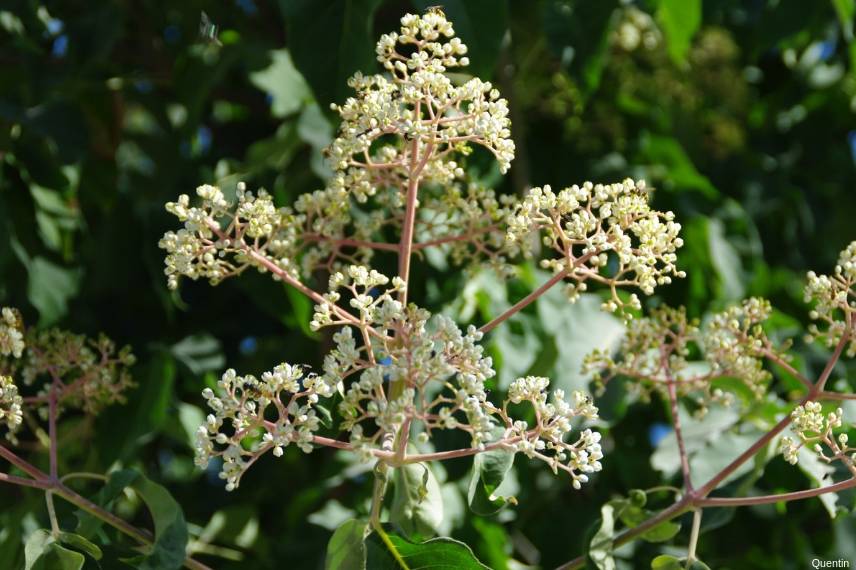
Comments